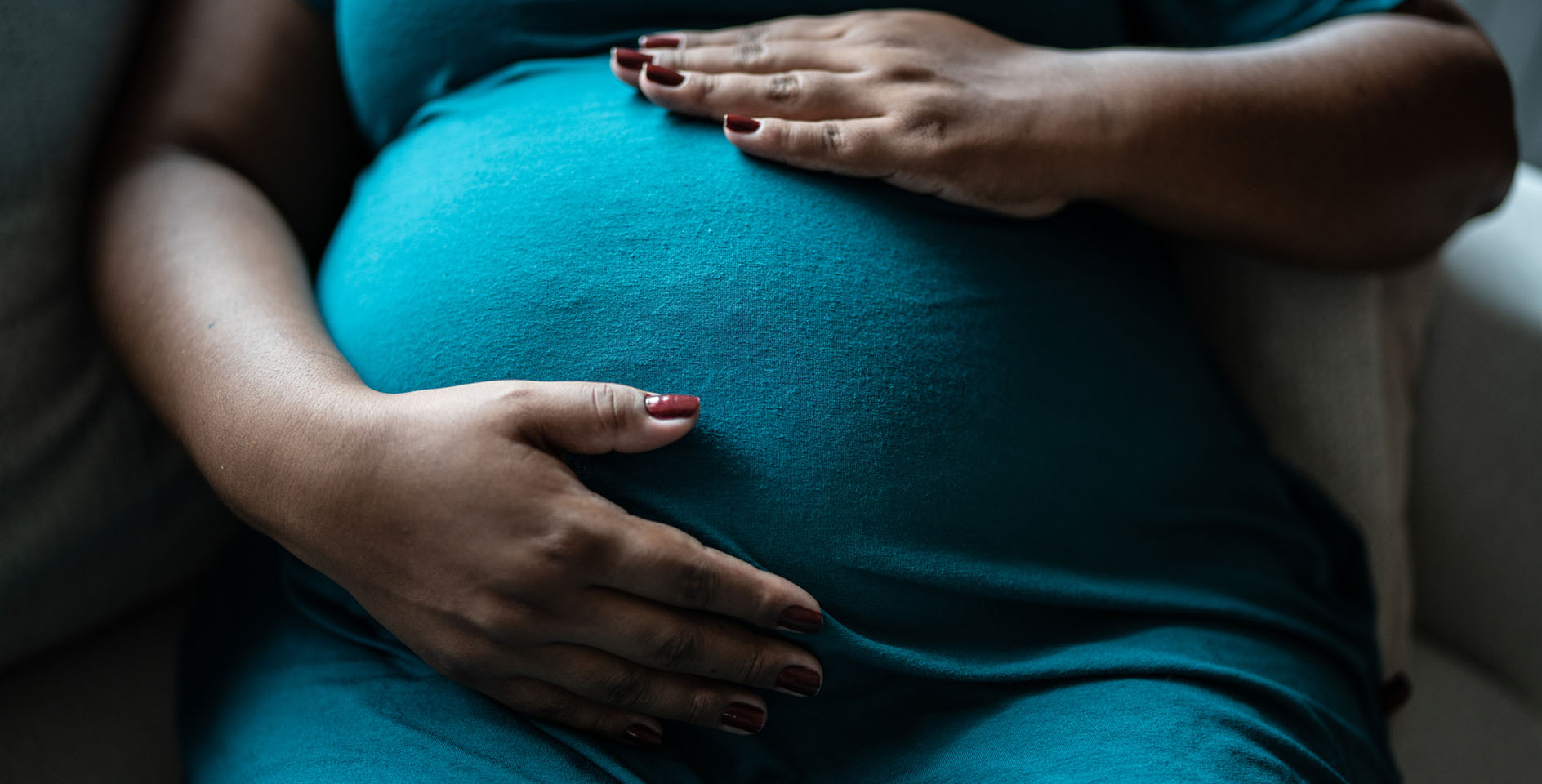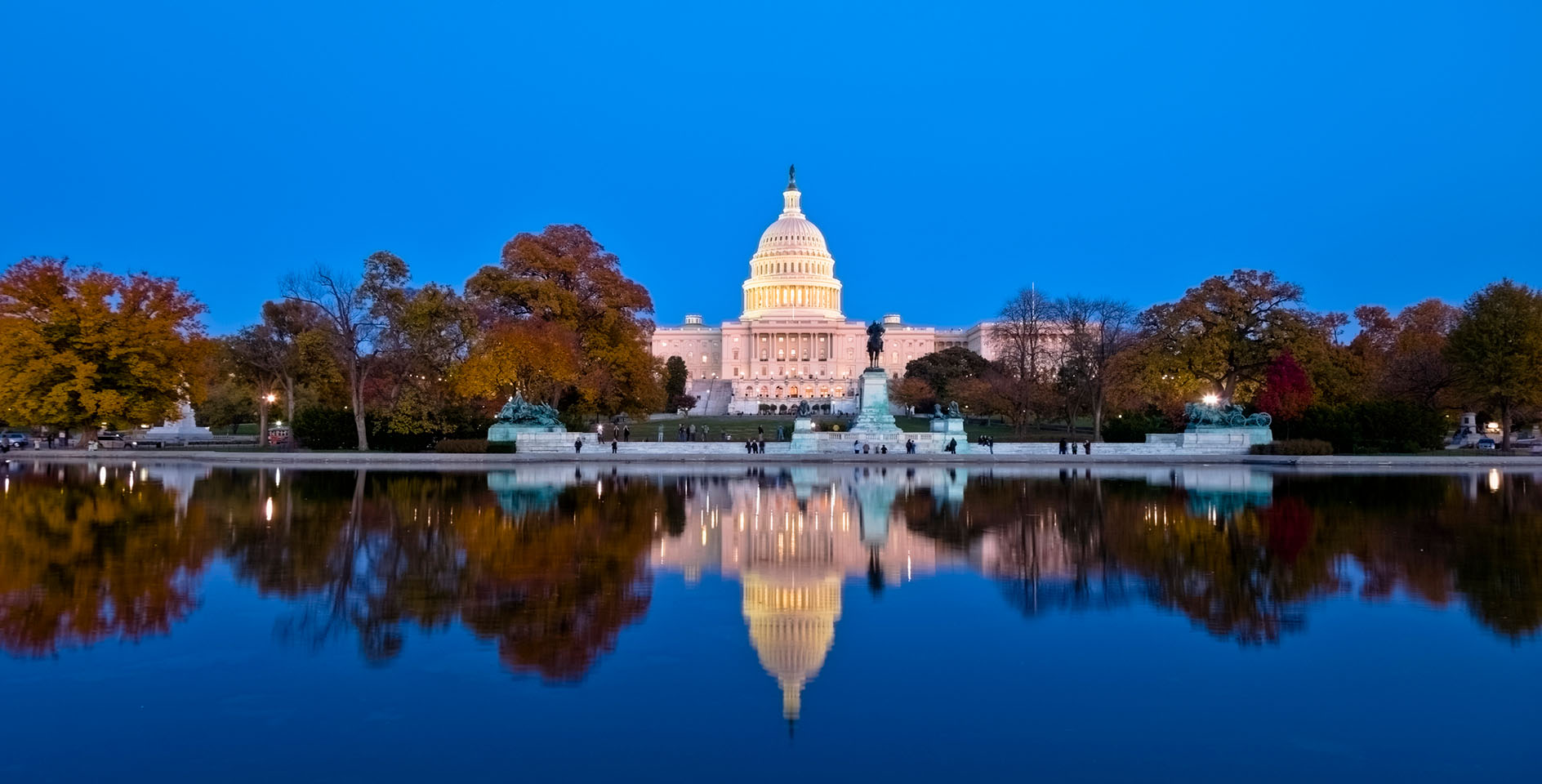Discussions about abortion in America often center around issues of individual choice and autonomy. Yet, embedded within the debate is a less examined but profoundly disconcerting facet: the disproportionate impact of abortion on racial minorities. Individual “choice” cannot account for the racial disparities in abortion rates. These disparities appear to be the result of eugenic ideology and targeting by the abortion industry.
Disproportionate burden
Data from institutions such as the Centers for Disease Control and Prevention (CDC) reveal the stark racial disparity in abortion rates. For example, every year the CDC conducts abortion surveillance to document the number and characteristics of women obtaining legal induced abortions in the United States. In 2020 (the latest year for which complete data is available), the CDC found that among the areas that reported race by ethnicity data,
- non-Hispanic White women (White) and non-Hispanic Black women (Black) accounted for the highest percentages of all abortions (32.7% and 39.2%, respectively),
- and Hispanic women and non-Hispanic women in the other race category accounted for lower percentages (21.1% and 7.0%, respectively).
White women had the lowest abortion rate (6.2 abortions per 1,000 women aged 15–44 years) and ratio (118 abortions per 1,000 live births), and Black women had the highest abortion rate (24.4 abortions per 1,000 women aged 15–44 years) and ratio (426 abortions per 1,000 live births). According to the Departments of Public Health of every state that reports abortion by ethnicity, Black women disproportionately lead in the numbers:
- In Mississippi, 79% of abortions were obtained by Black women;
- in Washington, D.C., more than 60%;
- in Georgia, 59.4%;
- And in Alabama, 58.4%.
As a policy report by the Center for Urban Renewal and Education (CURE) noted, “In state after state, similar numbers are found, with black women aborting at two, three or more times their presence in the population.”
This racial imbalance is not merely a statistical anomaly but a reflection of deep-seated systemic issues. “There is a widespread perception that women, particularly African American women, are freely exercising their ‘choice’ when they enter the doors of the nearest abortion center,” says the CURE. “Nothing can be further from the truth. The reality is that black women are being pushed – led from behind – into abortion centers by a cadre of elitists who agree with Frederick Osborne, the leading eugenicist of the 20th century, that ‘birth control and abortion are turning out to be great eugenic advances of our time.’”
The eugenics connection
As CURE points out, the racial undertones of abortion are deeply rooted in history. The early 20th-century eugenic movements aimed at improving the genetic quality of the human population, often targeted marginalized racial groups, deeming them “unfit” for reproduction. The movement’s pernicious ideology of racial superiority often advocated for the reduction of births through abortion. The echoes of such ideologies can still be found in the modern-day abortion narrative, manifesting in the significant racial disparities witnessed today.
Even today, there are only five states (Arizona, Mississippi, Missouri, North Carolina, and Tennessee) that prohibit abortions because of the race of the child.
Targeting by the abortion industry
The abortion industry, whether intentionally or inadvertently, amplifies these disparities. The location of clinics, pricing structures, and the level of engagement in minority communities increase racial disparities on abortion. The industry appears to be capitalizing on systemic inequities, thus perpetuating a cycle of exploitation.
For example, studies have shown that abortion clinics are disproportionately located in minority-dominated neighborhoods. This geographic proximity exacerbates the accessibility and hence, the likelihood of opting for abortions among these communities.
A 2012 study found that 79% of Planned Parenthood’s surgical abortion facilities were located within walking distance of a Black or Hispanic neighborhood. Using Census data, this study documented the racial demographics of each census tract (similar to a neighborhood) within a two-mile radius of each of Planned Parenthood’s 163 surgical abortion facilities operating in 2010.
A census tract was counted as a minority neighborhood if its minority racial percentage reached over 50% or if it was 1.5 times that of the county percentage. An updated analysis in 2015 found that the new set of 173 Planned Parenthood surgical abortion facilities operating in 2014 continue their practice of heavily targeting minority neighborhoods for abortion, with 78% within walking distance of these communities.
The racial disparities in abortion rates are not mere coincidences but symptomatic of broader systemic issues. The abortion industry’s role in this scenario warrants a thorough examination and a call for accountability. It is incumbent upon society to address the root causes of these disparities, fostering a culture that cherishes life and provides support for individuals across all racial and demographic lines.
Society must uphold the dignity of all individuals irrespective of racial or ethnic backgrounds. The evident racial disparities within abortion statistics require a moral and ethical introspection on the part of society, policymakers, and the abortion industry itself.
Editor’s Note: When you give, the ERLC can do more in 2024 to continue to advance the prolife movement, in ways like shaping policies that provide care and support for vulnerable mothers and families in a post-Roe America. Consider giving a year-end gift to bring hope to the public square.









